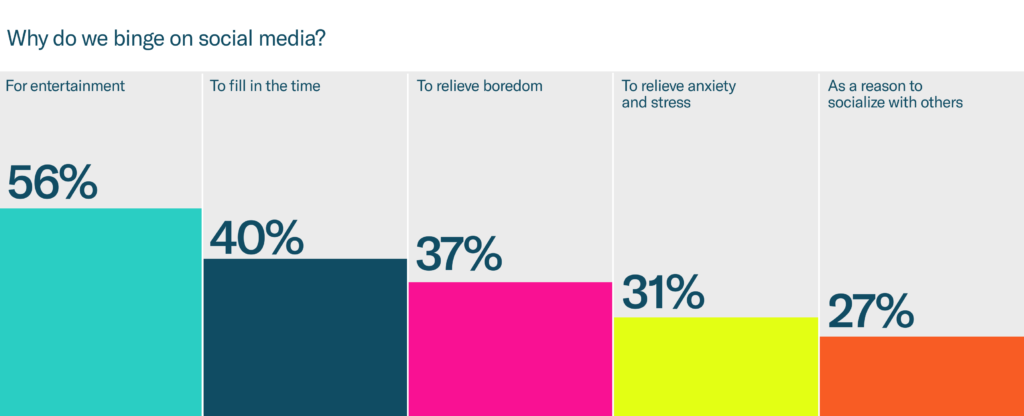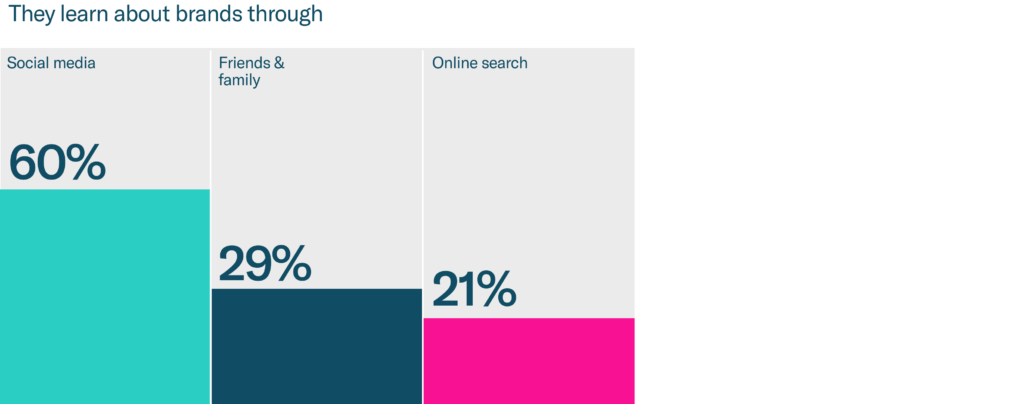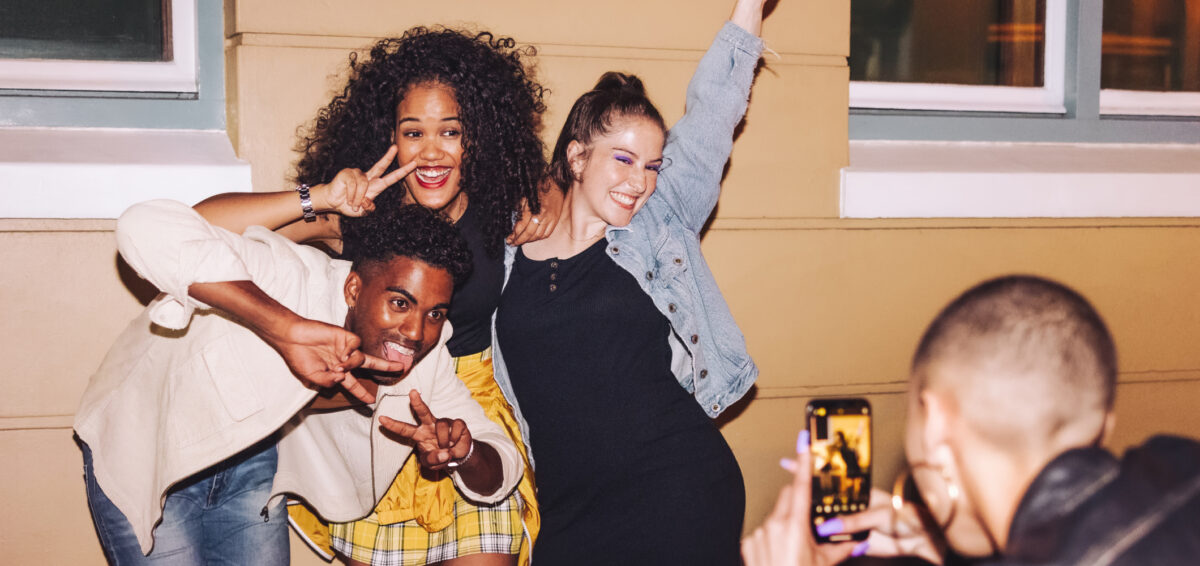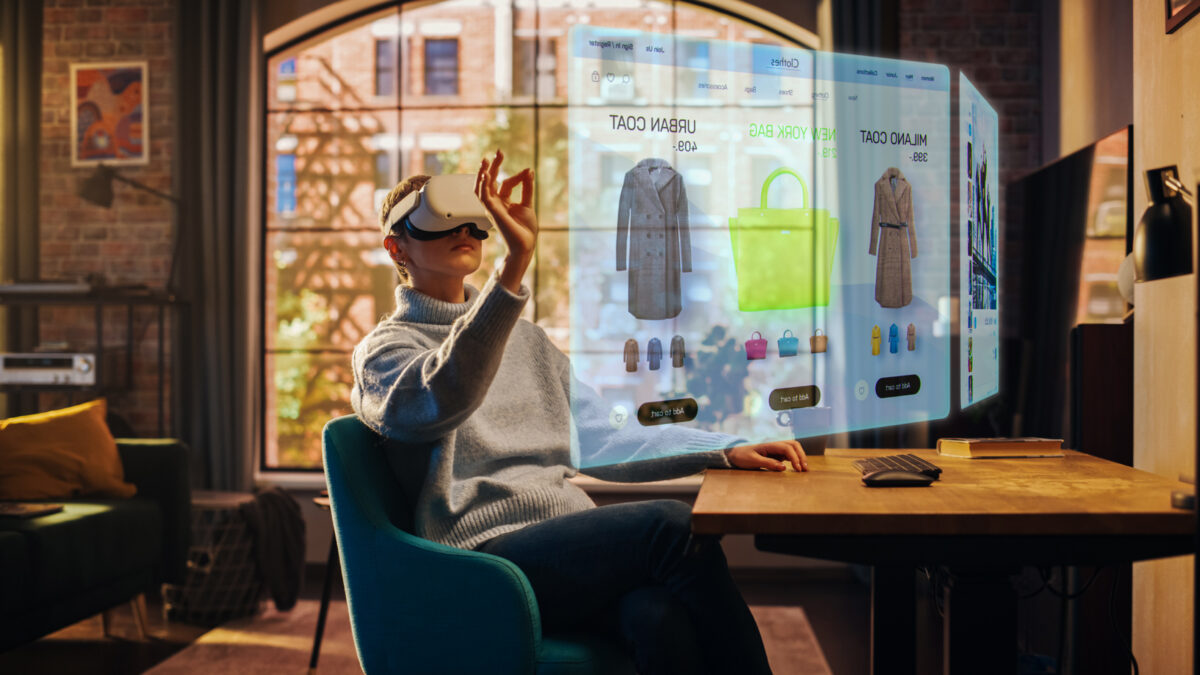The “infinite scroll” has become entrenched in our daily lives. As a feature of modern social media sites, it provides the opportunity to lose oneself within a social media feed that will continually repopulate to ensure an endless supply of photos, videos and updates with which to engage. The resulting stickiness has led social media usage to become one of the most binge-worthy activities among Americans today.
Here at Anagram, we recognize the tremendous implications that media behaviors such as this have for marketers and brands across all industries. That’s why we recently surveyed more than 1,000 self-identified American “bingers” to get a handle on not only how they binge, but why they do it. Our survey asked respondents to identify which activities, within the past 12 months, they had personally engaged to an extent that they would consider excessive for a short period of time—and social media quickly established itself toward the top of the list.
Binging Social Media: The Second-Most Popular Binge Behavior
Binging on social media is the second-most prevalent binge behavior reported by American audiences, with binge-watching TV shows representing the most popular activity. According to our survey, 50 percent of Americans say they’ve spent excessive time on social media within the past 12 months.
In general, binging behaviors typically are done alone and at home, but that can vary depending on the behavior itself. So, what do we know about the individuals who choose to spend what they consider “excessive” amounts of time on social media? Who are they? And what can marketers glean from the “when, where and why” behind their behavior?
Who Is Binging Social Media?
While half of all Americans say they’re prone to spending binge levels of time on social media, this is one category of binge behavior where we see a notable difference between the habits of men and women. While 55 percent of women say they binge on social media, only 42 percent of men claim the same. Likewise, social media binging is (perhaps unsurprisingly) reported at the highest levels by Americans aged 18-29, with 60 percent of this age group reporting the behavior. This drops to 50 percent and 52 percent for Americans aged 30-40 and 41-55, respectively, dropping further to 36 percent among Americans aged 56-65. The behavior, however, does not vary greatly by socioeconomic level.
Social media binges mostly occur during evenings and weekends, and—like other binge behaviors—tend to happen at home and when people are alone.
Why Do People Binge Social Media?
As a binging behavior, spending time on social media is mainly done for entertainment purposes (56 percent) and to fill in the time (40 percent). In addition, more than a third (37 percent) of social media bingers say they do it to relieve boredom, 31 percent say they do it to relieve stress and anxiety, and just a quarter (27 percent) say it’s a reason to socialize with others.

More than half of social media bingers say they’ve engaged in more than 10 binges over the past three months. Notably, 44 percent of social media bingers say that the activity has a negative impact on their lives, versus just 22 percent who report a positive impact. That said, only 2 out of 10 social media bingers say it’s likely that they’ll stop or significantly decrease their social media binging in the next 12 months.
How Can Marketers Connect with Binge Social Media Users?
When it comes to the platforms they use to binge social media, respondents say they tend to learn about brands via social media sites themselves (60 percent), friends and family (29 percent) and online searches (21 percent). For social media brands, that means driving word of mouth—both within social networks and in real-life conversations—is absolutely vital to boosting user numbers and engagement. Furthermore, while 41 percent of binge social media users say they’re very loyal to brands in this space, there’s still an opportunity to attract the 30 percent who say they would consider other brands.

Is your brand looking to connect with targeted groups of consumers by tapping into next-level human insights? Anagram can help. Let’s talk!


